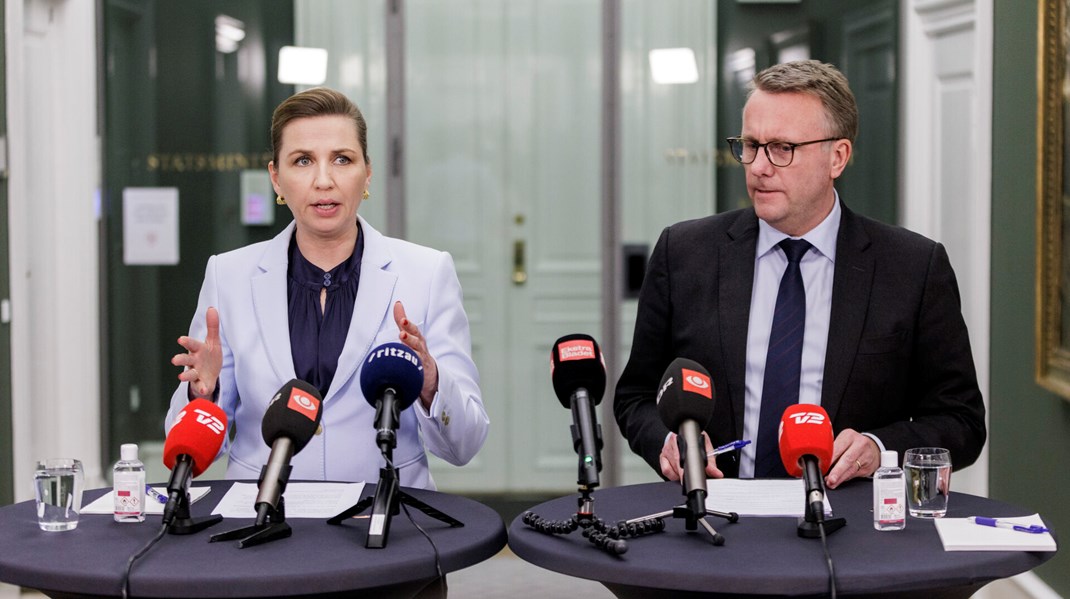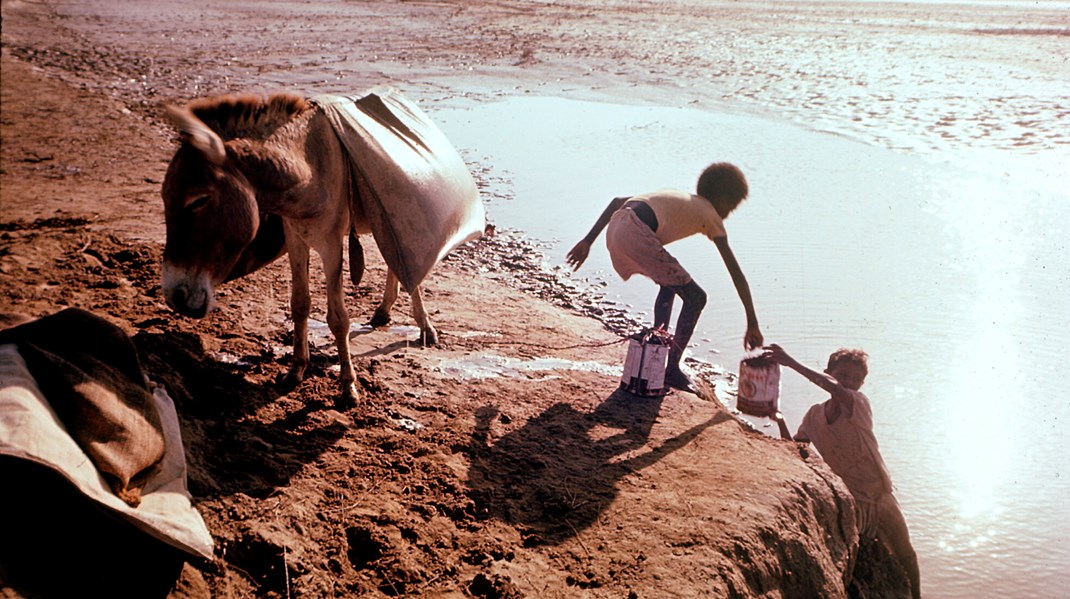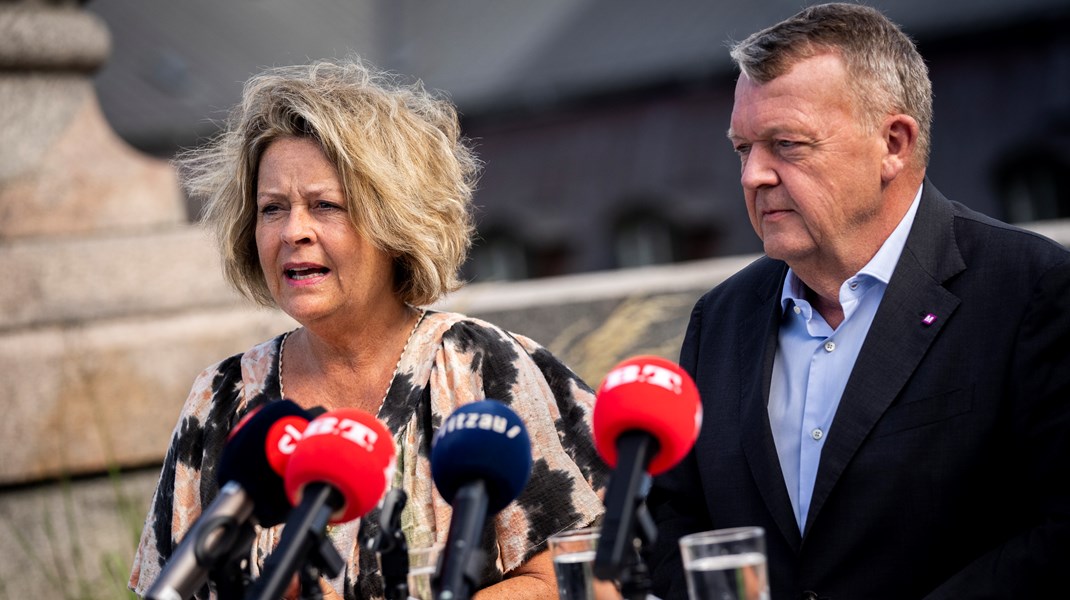UN, partners scale up emergency response in Myanmar
Myanmar: On 30 July, Cyclone Komen made landfall in Bangladesh bringing strong winds and additional heavy rains to Myanmar, which resulted in a significant expansion of monsoonal flood waters.
On 31 July, the President declared Rakhine State, Chin State, Sagaing Region and Magway Region as natural disaster zones. As of 3 August, the Relief and Resettlement Department (RRD) of the Ministry of Social Welfare, Relief and Resettlement reported that over 200,000 people have been affected and 39 people have been killed across the affected states/regions. These figures are likely to rise in the coming days as more areas become accessible and more information becomes available.
According to the Ministry of Agriculture and Irrigation, 524,895 acres of farmland have been inundated since June. The loss of stored grains and life-stock is expected to disrupt the planting season and impact long-term food security.
Across the affected areas, transportation, electricity and communication are disrupted. Access to affected areas remains a major challenge. Flooding has spread over a large geographic terrain, from coastal to mountainous areas. Large amounts of debris floating in rivers pose a challenge to boat access. Landslides have blocked some roads and transportation routes.
Response priorities:
The Government of the Republic of the Union of Myanmar is leading the response. Immediate needs include food, shelter, water and sanitation, as well as access to emergency healthcare. According to RRD, the Government has already provided food, building materials and essential relief items worth US$74,200 (MMK92 million). On 1 August, President U Thein Sein visited Kale Township, Sagaing Region, and provided assistance to 8,100 flood-affected people who are temporarily sheltering in five schools. Also on 1 August, the Commander-in-Chief of the Defence Service, Senior General Min Aung Hlaing, visited Sittwe, Rakhine State, where he provided relief items and cash assistance.
Local authorities, the military, as well as the Myanmar Red Cross Society, civil society organizations and the private sector are playing an important part in the response.
On 2 August, the Acting Resident and Humanitarian Coordinator, Mr. Eamonn Murphy, reiterated the support of the United Nations (UN) to the Government in response to the flooding, particularly in areas designated as natural disaster zones. The Humanitarian Country Team (HCT) is in close communication with the Government at State and Union level, and with authorities at the State and the Regional level. Regular meetings of the HCT and the Inter-Cluster Coordination Group are taking place in Yangon and Sittwe.
The UN agencies and INGOs are conducting assessments and scaling up the emergency response, including through the provision of food, emergency health services, water and sanitation assistance, shelter, mosquito nets, and other relief items. For example, WFP has commenced the provision of food rations to 47,800 people, with a plan to reach close to 150,000 flood affected people in Bago,
Chin, Kachin, Magway, Mon, Rakhine and Sagaing. UNICEF has supported the distribution of 400,000 water purification sachets in Sagaing, and has dispatched hygiene kits for some 20,000 people in coordination with the Ministry of Health and the Department of Rural Development.
Hygiene kits and water purification tablets are also being distributed in Rakhine. Humanitarian partners are preparing a request to the UN Central Emergency Response Fund (CERF) requesting financial support to jumpstart life-saving and time-critical activities.


